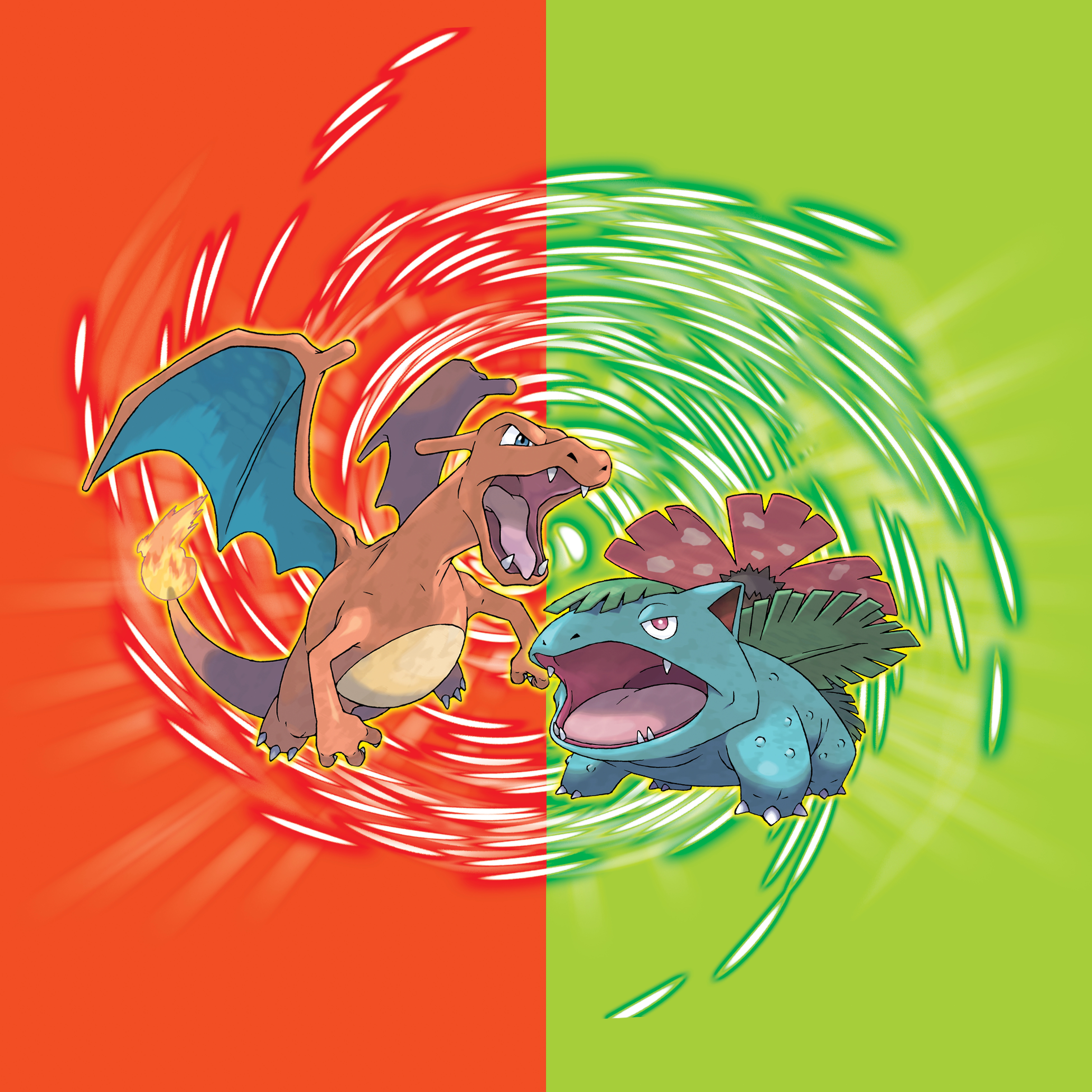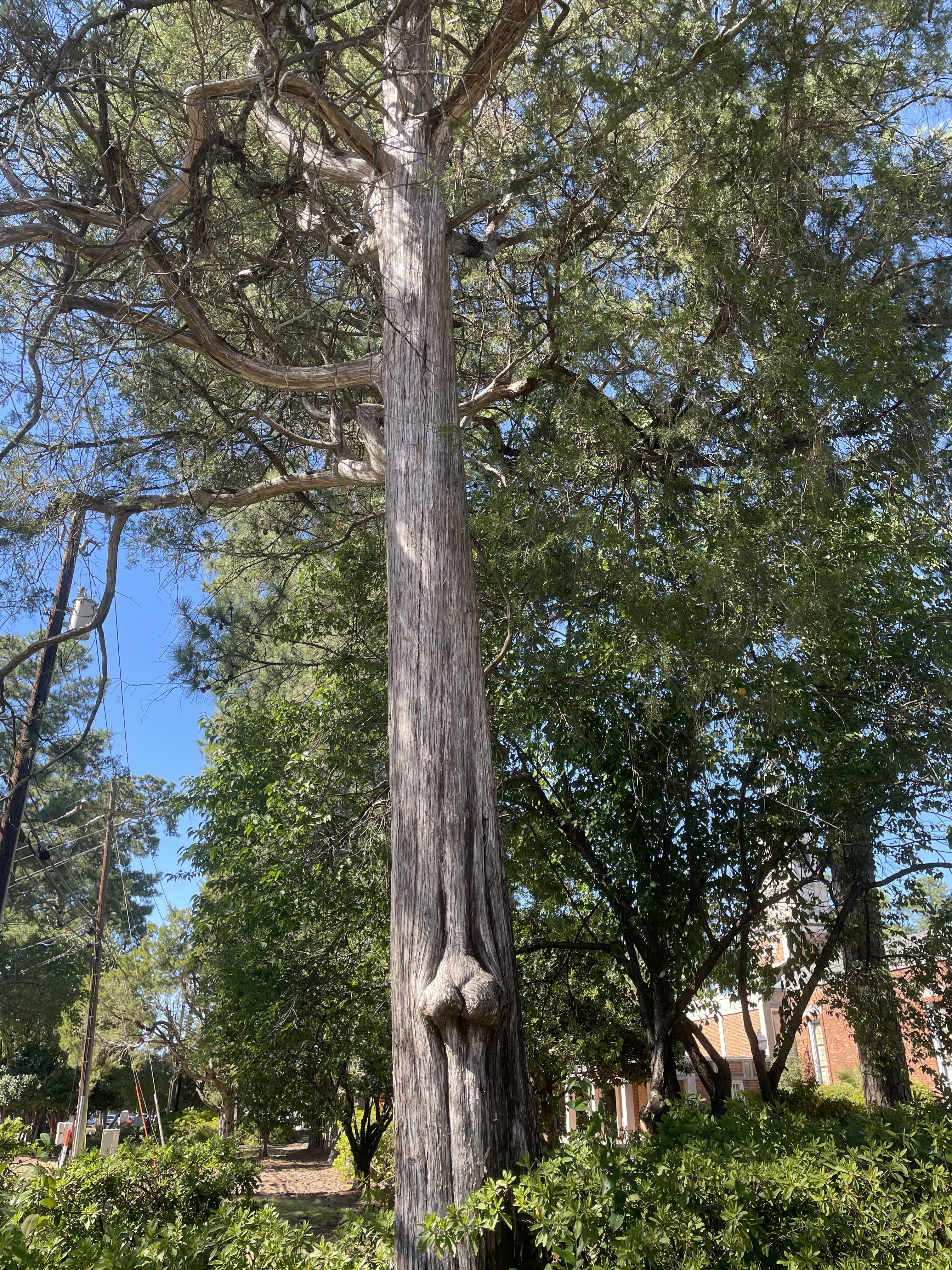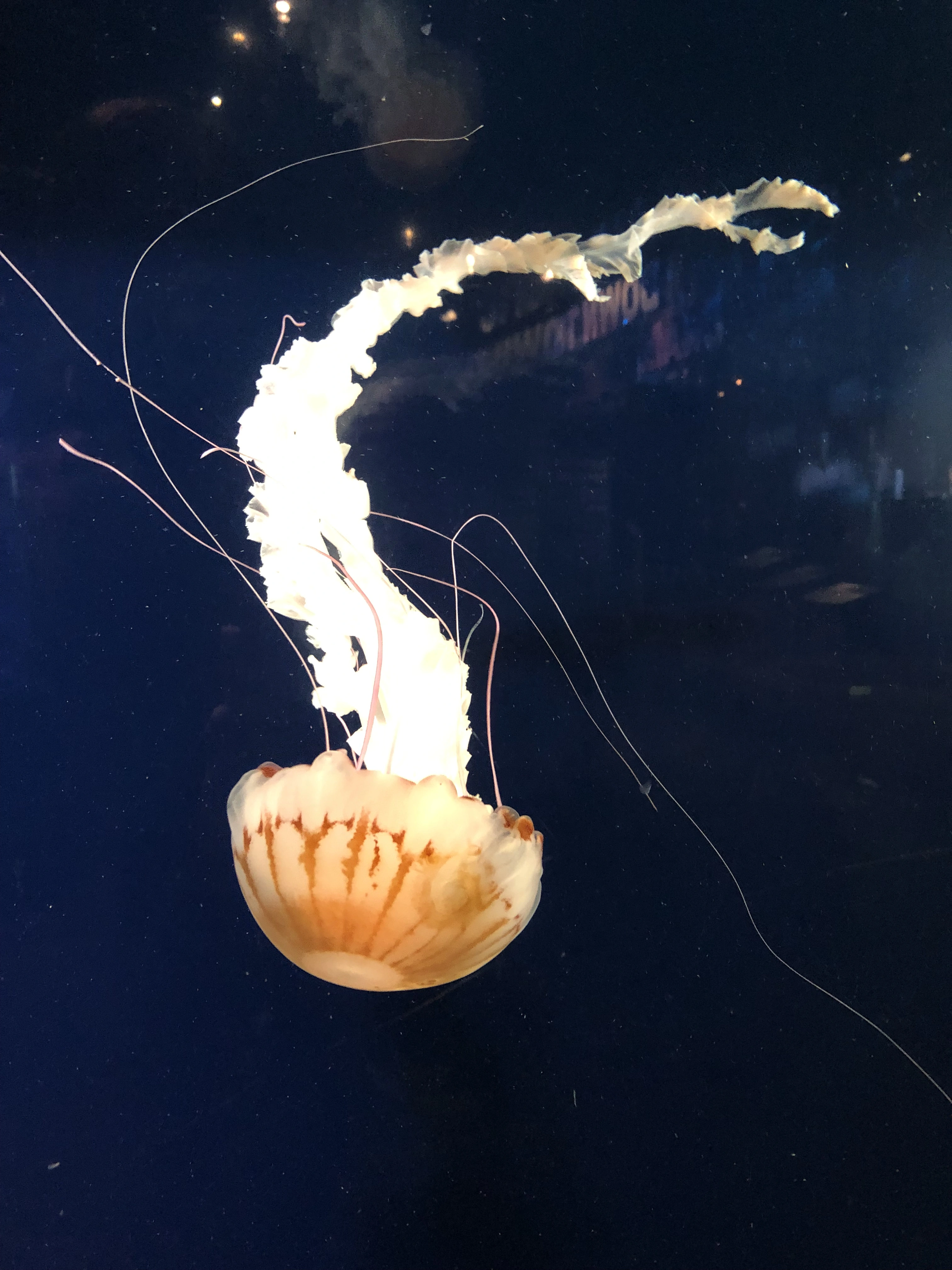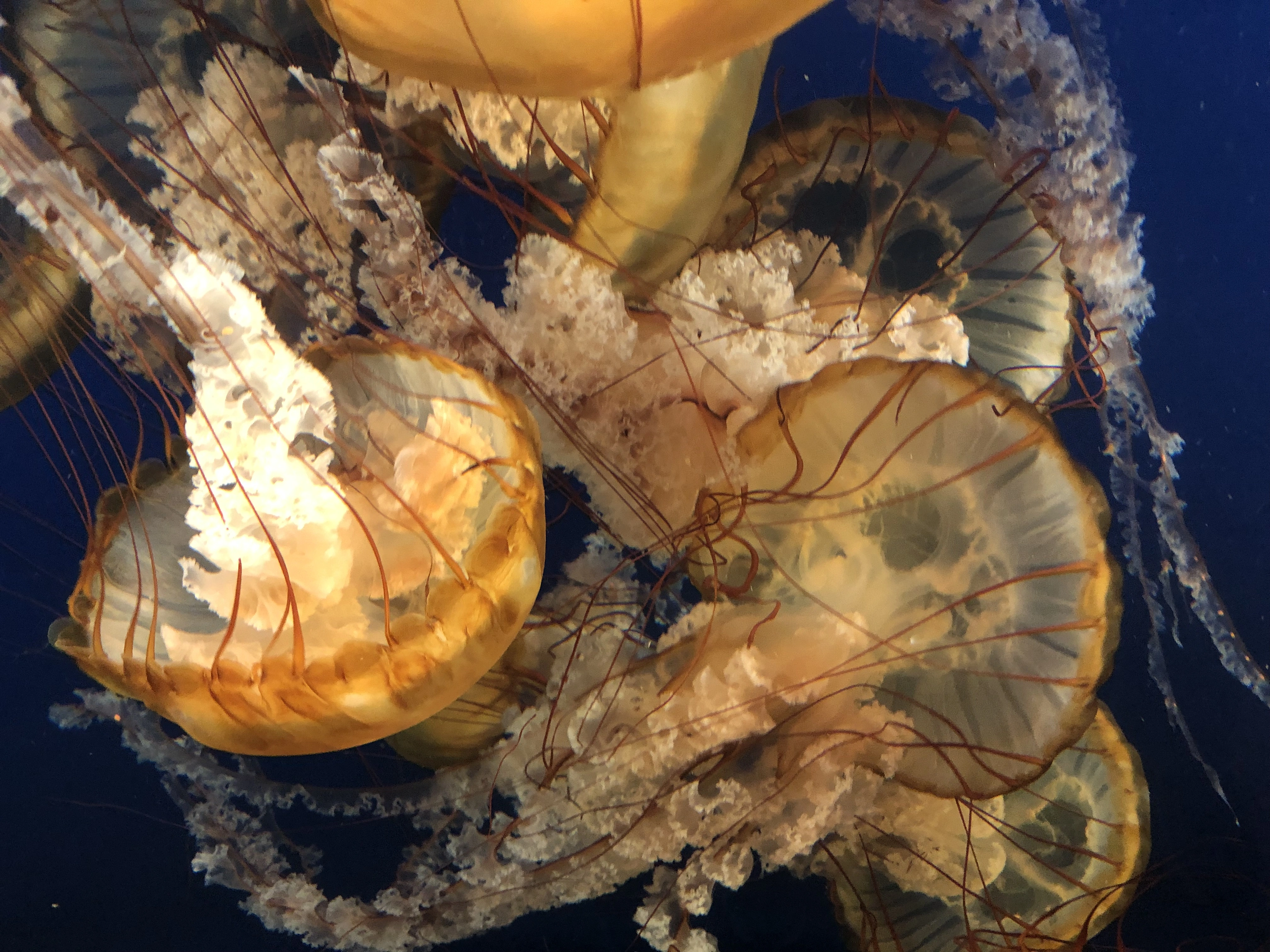I've somehow never played it. It's definitely on my list.
Grimm
joined 8 months ago
I see it fairly often though usually in indie games with retro aesthetics.
I’ll check back again next year then, hahaha.
How did your modding turn out?
Did you replace it yet?
I’ve started reading Uprooted by Naomi Novik and Sea of Tranquility by Emily St. John Mandel. Uprooted is going more pleasantly than I was expecting. I’ve heard a lot of mixed opinions about it but so far I’m enjoying it. It’s too early to form an opinion on Sea of Tranquility but it’s been a good read so far as well.
You captured her perfectly.
view more: next ›












Sorry haha. Maybe we can hope for a re-release on Switch 2.